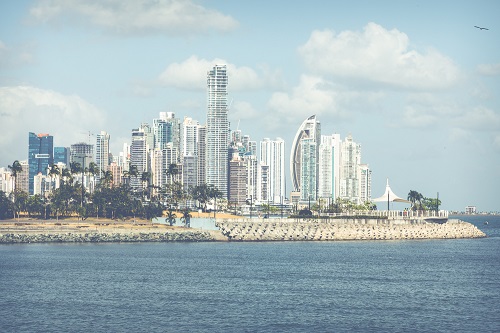Panama has a two-tier health insurance system, divided between national insurance and the private sector. The public sector is funded by the Ministerio de Salud (MINSA) and the Social Security Fund (Caja de Seguro Social/CSS), using contributions from employers and employees. These operate separate facilities, and the Caja de Seguro Social also runs a pension fund.You may be registered with one of these organisations and be entitled to access public healthcare, but standards can vary considerably. For example, you will find more provision in urban areas. Most expats in Panama take out private cover. We will look at some of your options below.
Personalising your health insurance cover
If you are employed, your employer should register you with the CSS. It is worth checking that they have done this.
Your other option is to pay out-of-pocket expenses in the private sector. Remember, however, that costs can escalate rapidly if you have a chronic condition or need to see a specialist.
It is advisable to take out medical evacuation insurance as part of your policy. Panama has limited hospital provision, and you may find yourself having to fly north to seek treatment.

Selectable options
Check the small print of any private health insurance policy to see whether it covers treatments that you may want to access, such as specialist surgical treatment or more advanced dental care, like crowns or dental implants.
Remember to check whether your potential policy covers pre-existing conditions; the definition of a pre-existing condition will vary between insurers. Usually, the term applies to any conditions that present symptoms or for which you’ve been treated in the last five years. This normally includes any conditions you were diagnosed with over five years ago, but some insurers have different time limits on when the diagnosis must have been given.
You may also want to check whether your policy has a ‘hospitalisation’ clause covering you for occasional hospital visits. You may need to discuss this directly with your insurer. You may also wish to check whether there is a medical evacuation clause.
Take a good look at your potential policy for any cover relating to healthcare that does not apply to you. Some policies have provision for maternity care, for instance, and if you are not intending to become pregnant (or prefer to rely on the cover provided by the Panamanian maternity system), then you may wish to reduce your policy costs by having such options removed.
Cost sharing
You may also be able to reduce the cost of your premium through cost sharing. This is where you and your insurer share the costs of any treatment. You will pay up to an agreed limit, and your provider will cover the rest. Different insurers will have different ways of arranging cost sharing.
Co-pay: where you pay a fixed sum for your treatment and your insurer covers the rest. For instance, if the total cost of your treatment is €85, and your co-pay amount is set at €40, then you will pay €40 and your insurer will pay €45.
Co-insurance: where you pay a fixed percentage of the total cost and your insurer covers the rest. For instance, if your co-insurance is set at 20%, you will pay 20% of €85 and your insurer will cover the remaining 80%.

Deductibles: where you pay the entire amount allowed for all services provided until the deductible is met. For instance, if your policy has a €1,000 annual deductible, you would pay €85 for each visit to your GP for 11 visits (€1000/€85 = 11.8), after which your insurance would pay out to the doctor directly.
You may also need to take a look at whether there is an out-of-pocket maximum that you would be expected to pay after your deductible has been met.
Let’s say that your plan above, with a €1000 deductible, also has a co-insurance option of 20% and an out-of-pocket maximum of €1500. You will thus pay €85 for 11 visits to the doctor under your deductible until it is met. You will then pay €17 for each visit as your 20% coinsurance, until you reach the co-insurance ceiling of €500 (€1,500 minus the deductible of €1,000), or about 29 more visits (€500/€17 = 29.4). At that point (40 total visits in a year), you would pay nothing more for the remainder of the plan year.
It’s worth doing the maths, especially if you don’t think that you’ll need to make more than a couple of visits to your GP in any one policy period. For example, if you just want dental check-ups with an occasional filling, it might be worth working out whether one or two out-of-pocket costs might be cheaper than full dental cover.
As so many variables have an effect on the cost of international private medical insurance it becomes very difficult to give accurate estimates without knowing the full details of the coverage required. However, as a very rough guide, using a standard profile of a 40 year old British male with no deductibles, no co-insurance, a middle tier plan/product, all modules included and worldwide coverage excluding the US, a ballpark price of around £4,000/$5,000 might be expected. Were coverage to be expanded to include the US then the premium could increase to almost double that amount.

